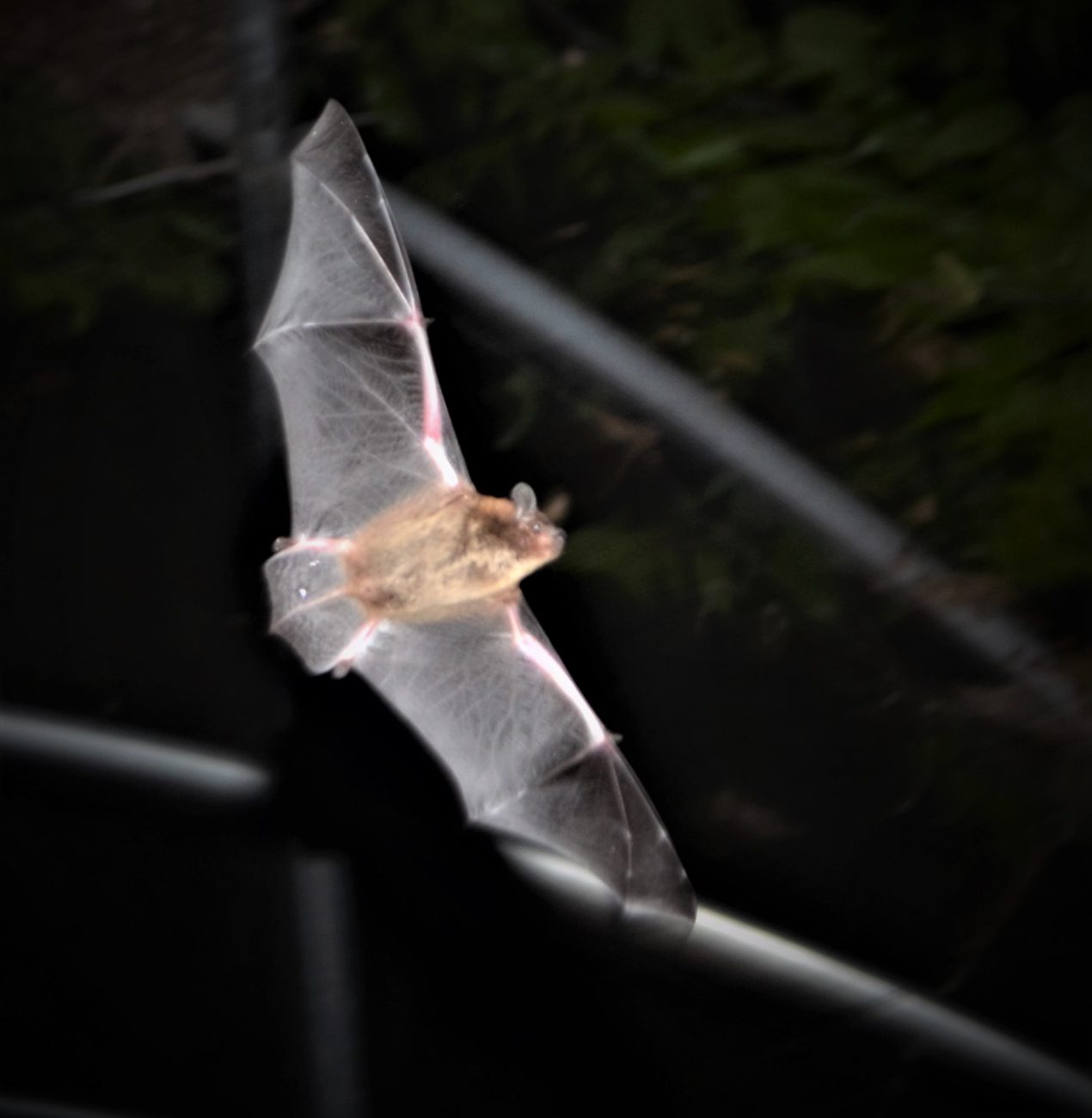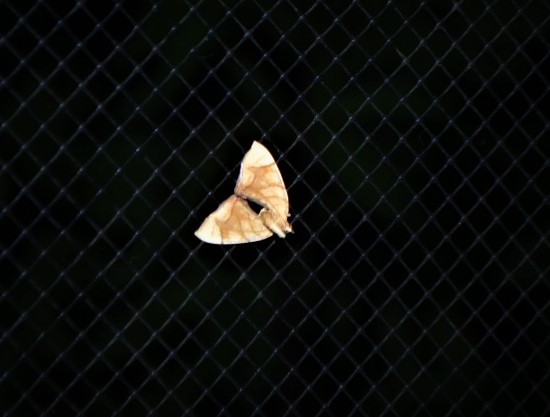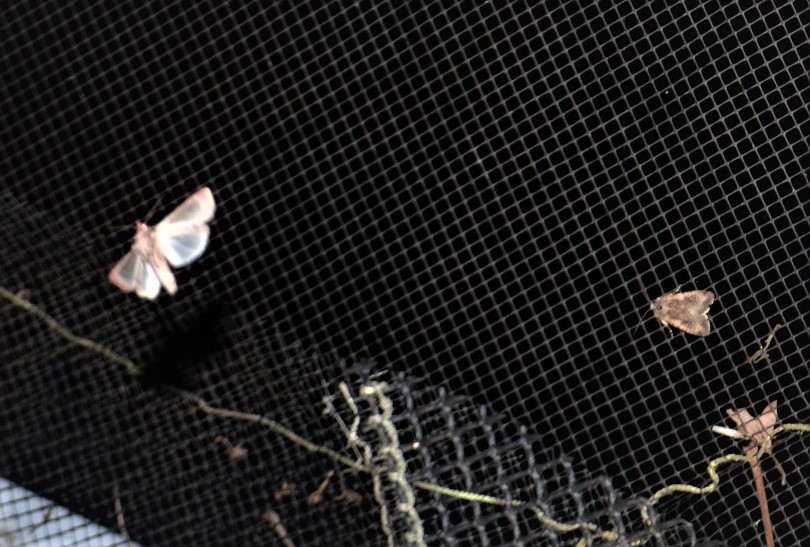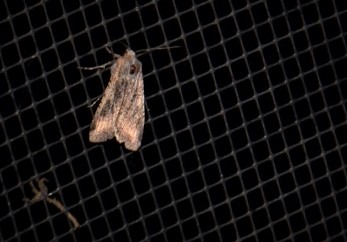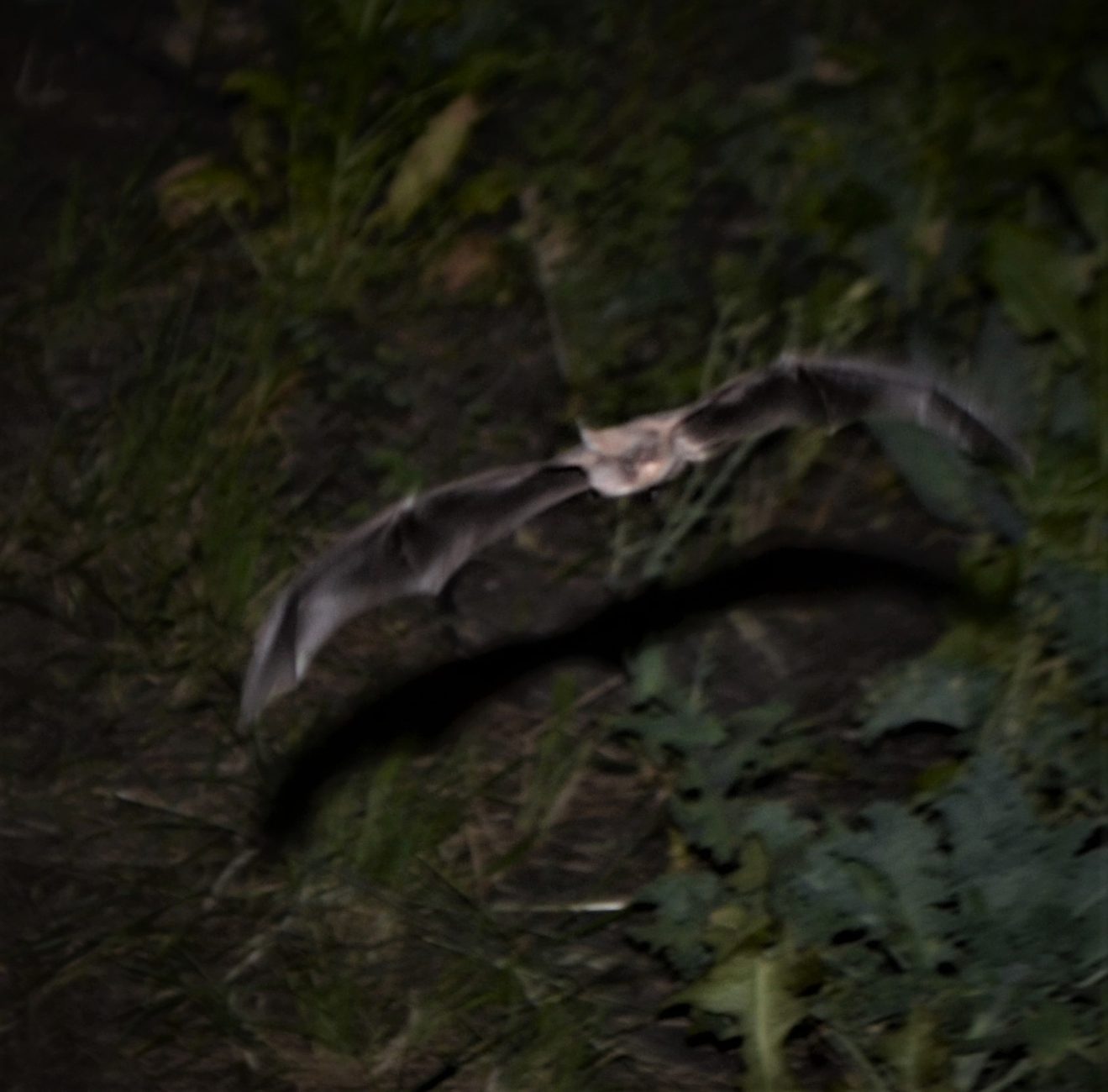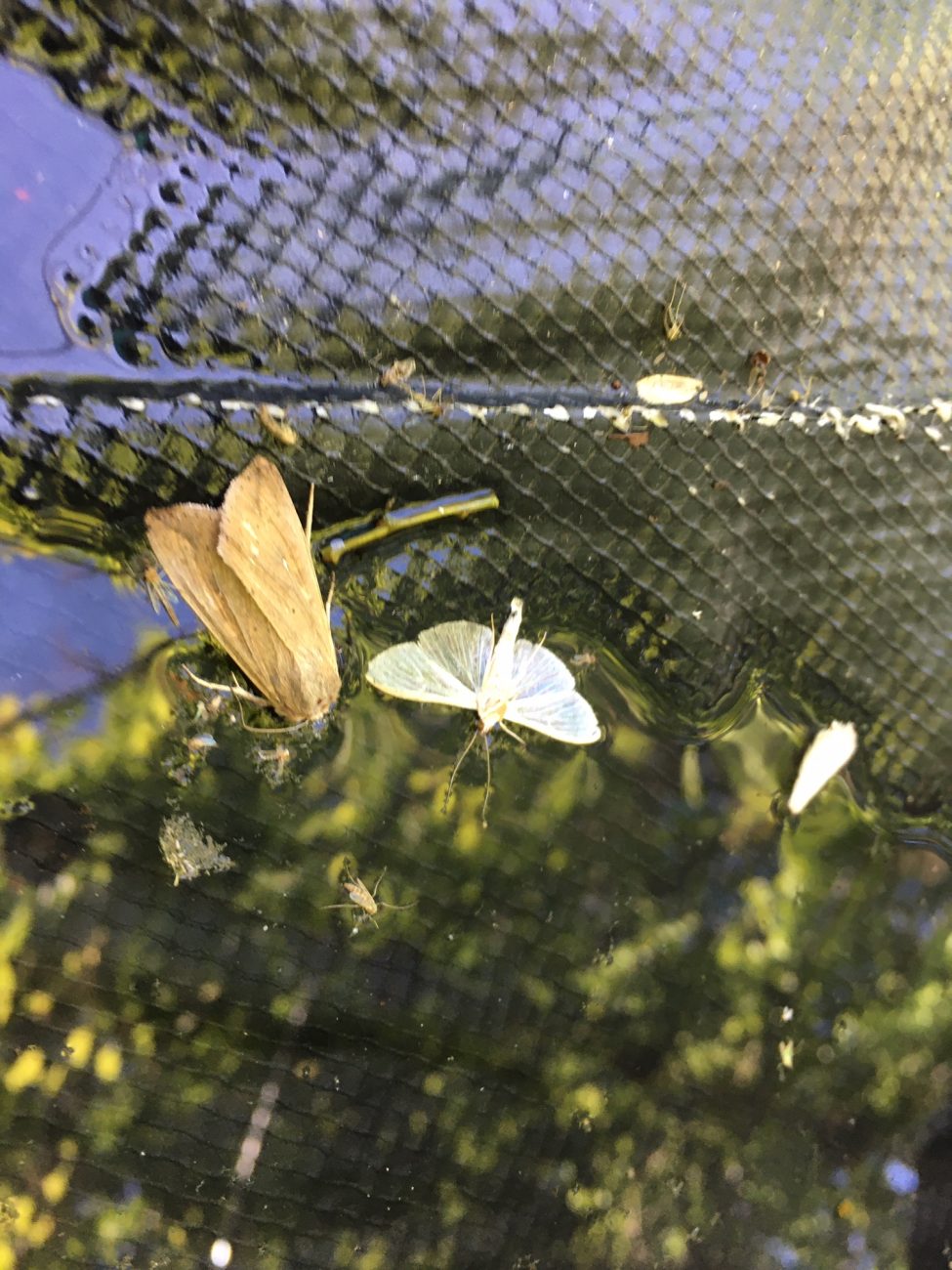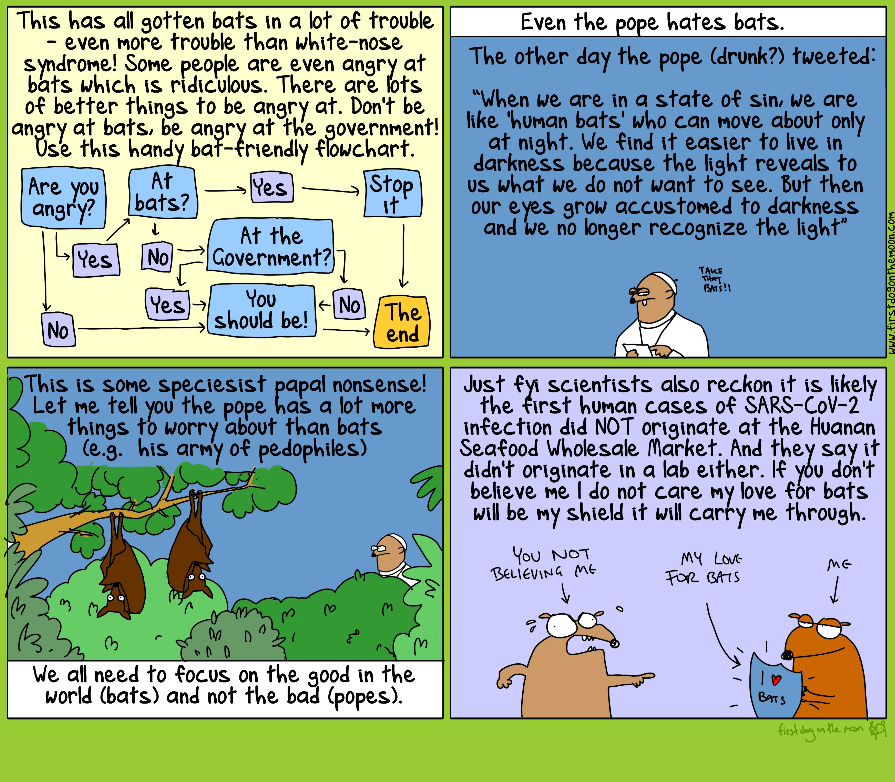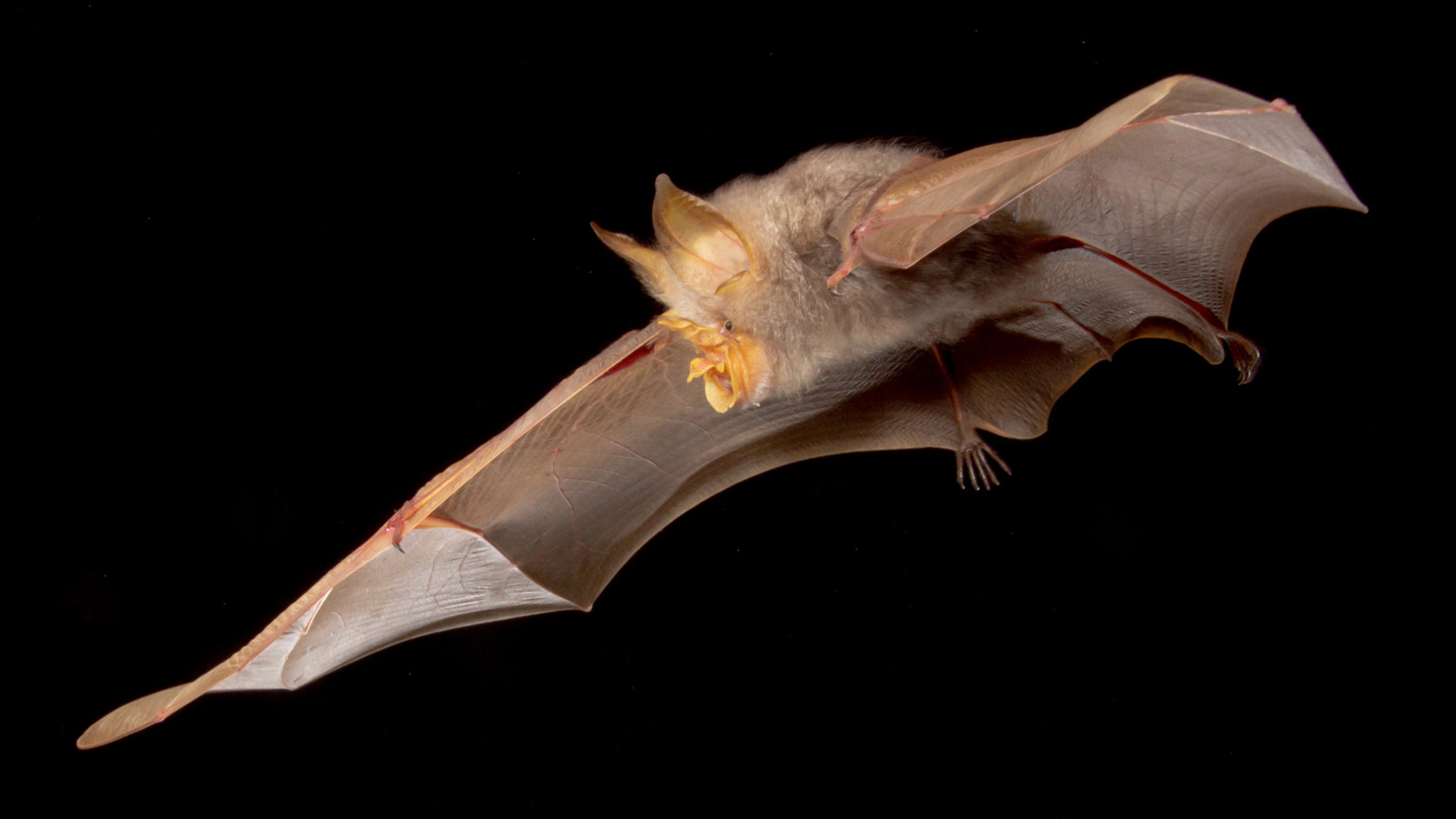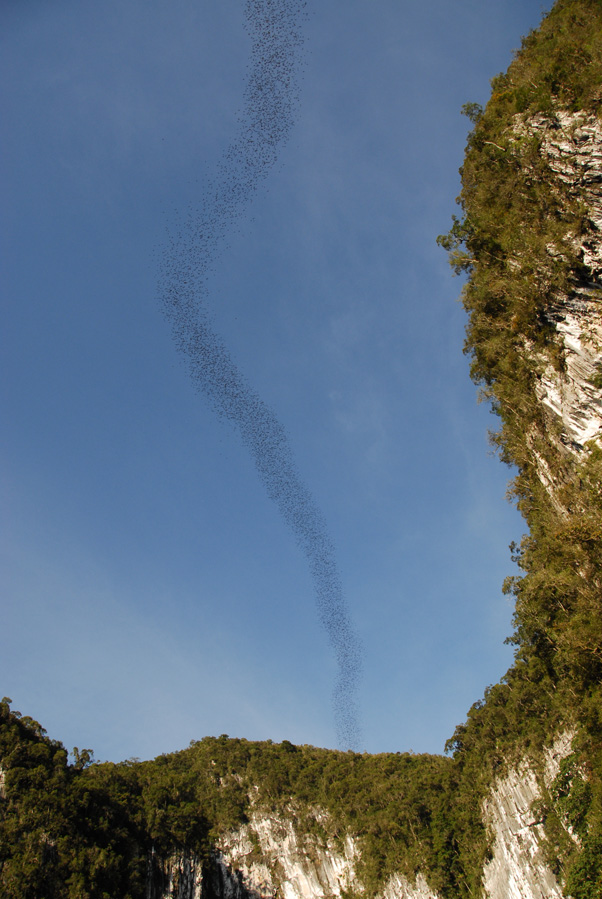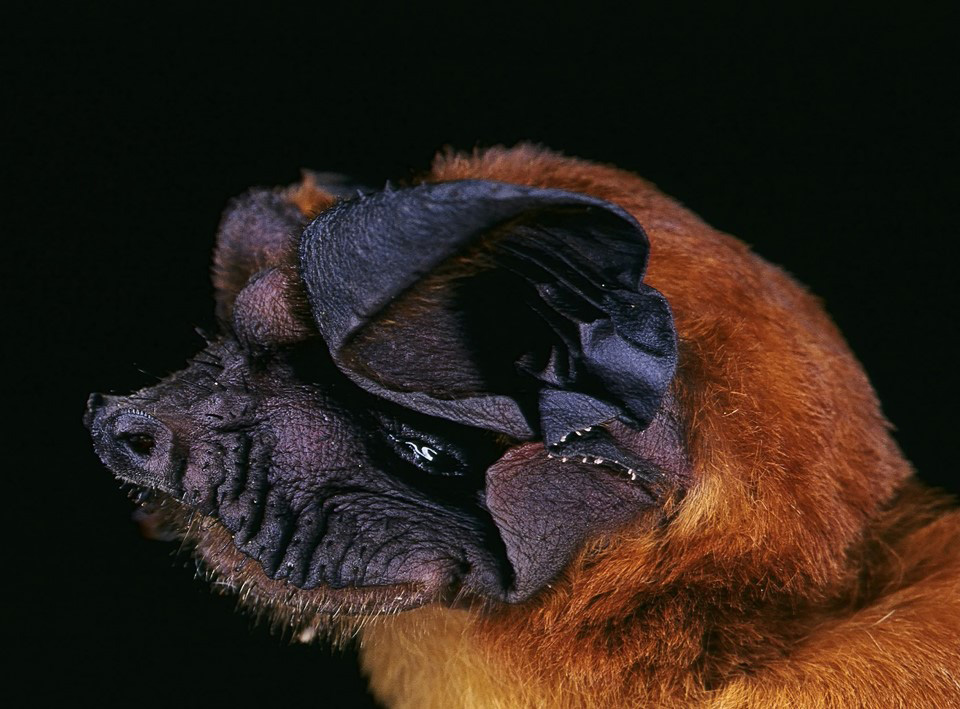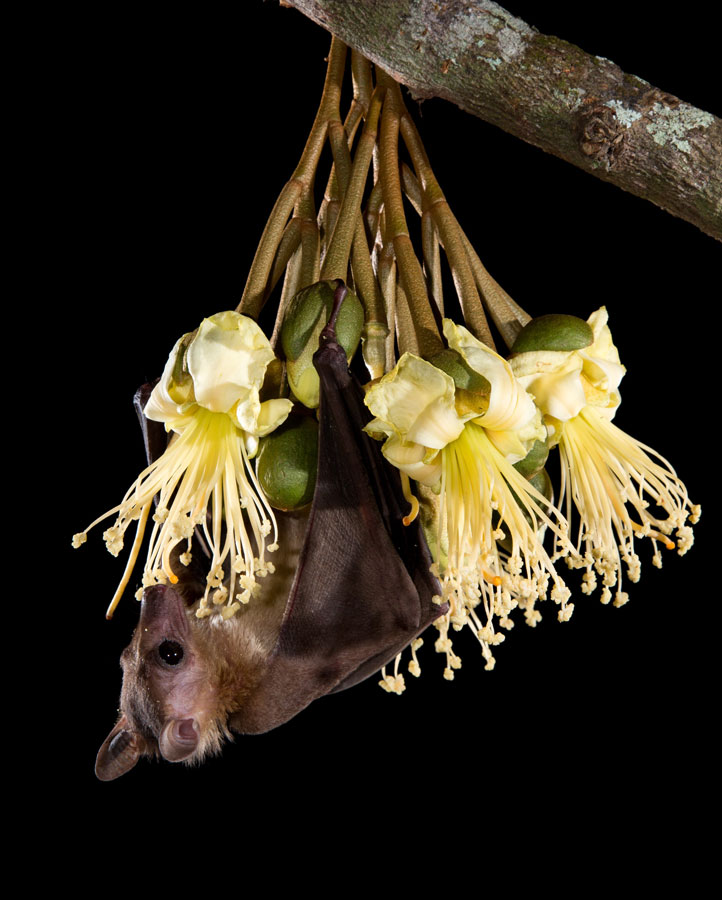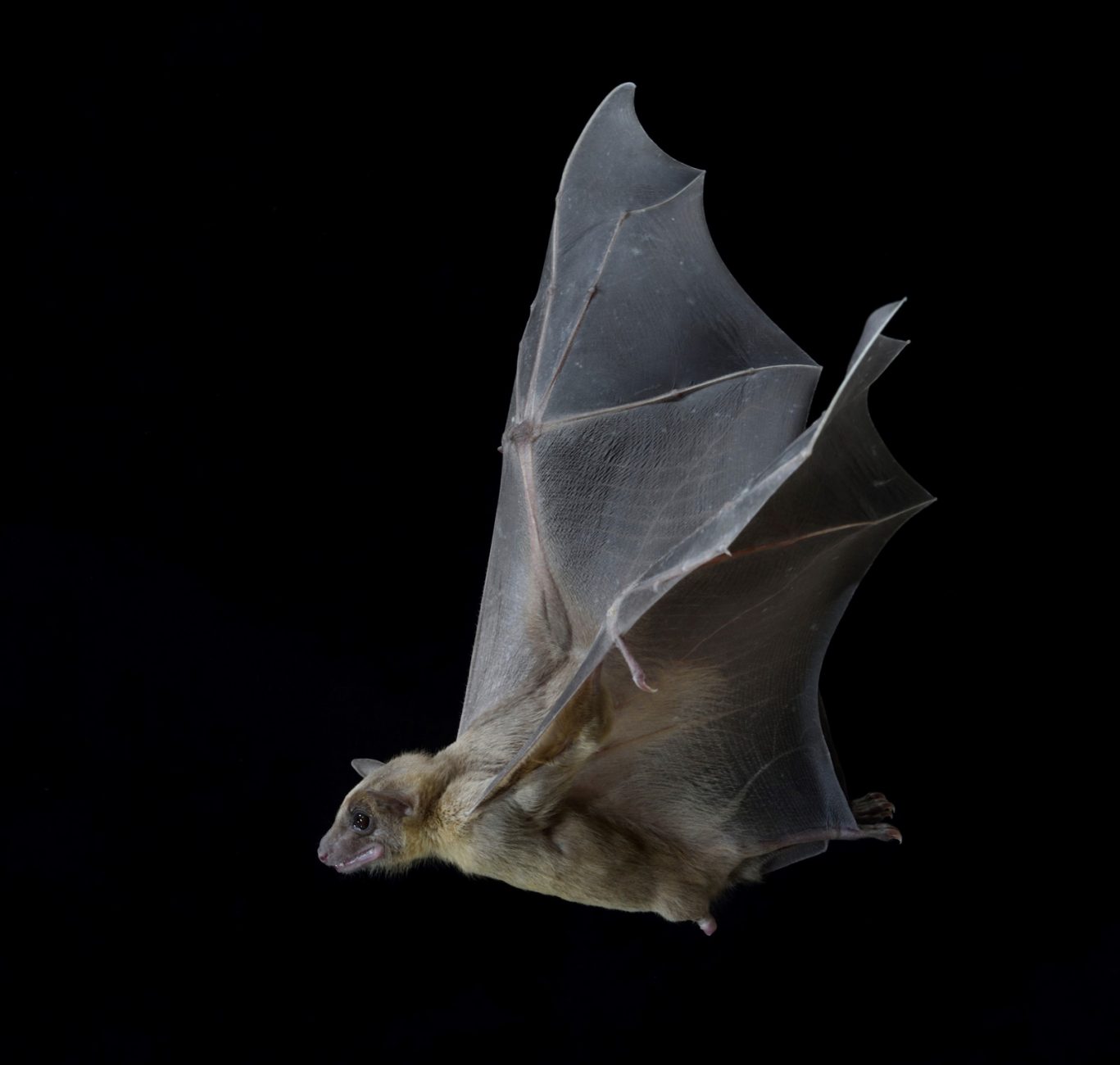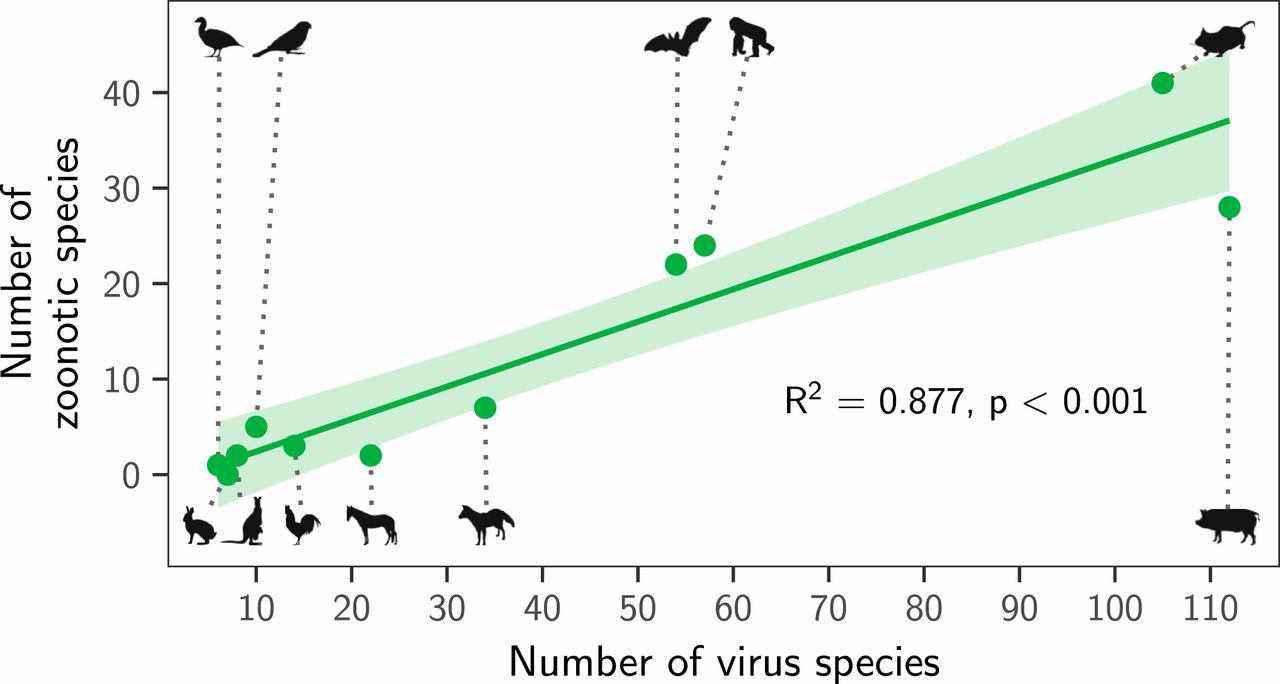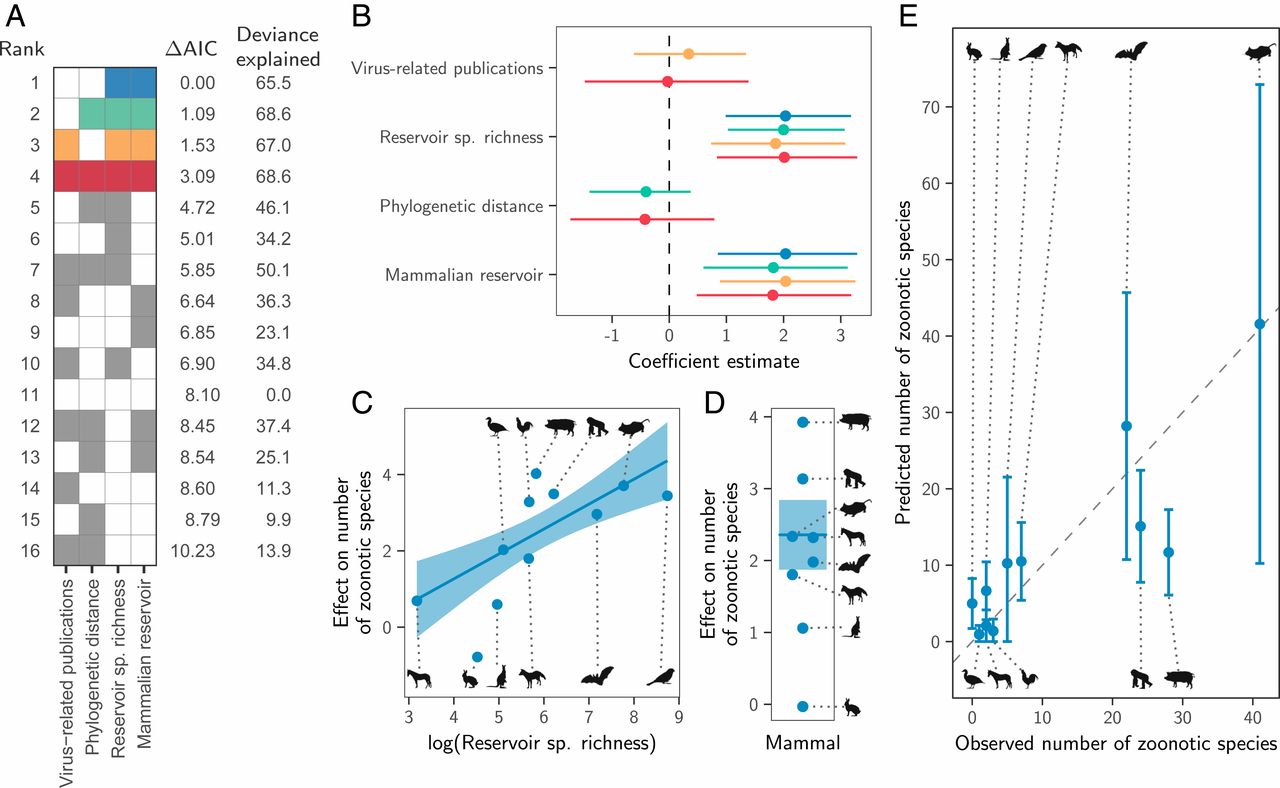by Sandhya Ramesh 24 April 2020
Researchers explain why ‘mass hysteria’ is uncalled for
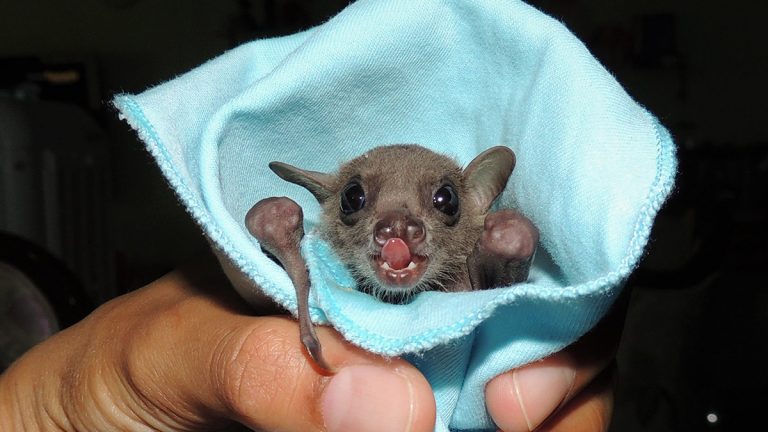
Bengaluru: A group of 64 chiropterologists or bat researchers, scientists, and conservationists from six Asian nations released a statement Friday expressing concern about increased stigmatisation and killing of bats due to “unverified opinions” on these mammals as the source of Covid-19.
The statement was released in response to rising demands by people to kill or remove bats from human neighbourhoods and other natural habitats they occupy.
In the seven-point statement, the chiropterologists have explained how bats haven’t yet been confirmed as the source of the novel coronavirus (the mammals are considered to be the most likely source, but definitive evidence has not been found yet).
They also discuss how bat viruses cannot directly infect humans and there is no evidence that bat faeces can transmit viruses to people.
The statement lists the ecological benefits and vital functions that bats fulfill in terms of pollination and crop protection. It also clarifies that discovery of bat coronaviruses in two species in an Indian Council of Medical Research study poses no health hazard.
The full text of the statement is below:
The world is currently battling a pandemic of unprecedented proportions and bats have been prematurely implicated as the source of COVID-19. Recent social media posts and unverified opinions about bats have led to widespread antipathy and fear in the general public. Incidents of the public requesting for removal of bats, destroying bat roosts, bursting crackers or smoking them out and sealing crevices where bats and their pups roost has increased in the last month both in urban and rural areas in India [1,2]. In this challenging time, we, as people involved in bat conservation at different capacities, would like to clarify that bats do not pose a direct human health hazard. On the contrary, we highlight the role of bats in improving the ecosystem, economy and human health. The following points are listed out in this summary and are elaborated.
1. The exact origin of SARS-CoV-2 or its precursor is not known. It is premature and unfair to blame bats or any other animal for the pandemic.
2. Scientists strongly suggest that it is highly unlikely for SARS-like viruses to jump directly from bats to humans. Also, there is no evidence of humans contracting coronavirus or any such viruses through the excreta of bats .
3. The recent report from the Indian Council of Medical Research (ICMR) on the discovery of bat coronaviruses (BtCoV) in two species of South Asian bats poses no known health hazard. The viruses found in the study are different from SARS-CoV-2 and cannot cause COVID-19.
4. Information on the current, and past zoonotic disease outbreaks suggest that global wildlife trade and/or large-scale industrial livestock farming play an important role in such events. Killing bats and other wild animals, or evicting them from their roosts in retaliation is counterproductive and will not solve any problems.
5. Bats perform vital ecosystem services. They pollinate the flowers of some mangroves, and many other commercially and culturally important plants. Insect-eating bats are voracious eaters of pest insects in rice, corn, cotton and potentially, tea farms.Therefore, bats benefit ecological and human health, and provide intangible economic benefits.
6. The society currently needs more awareness about the bats around them in addition to epidemiological facts for a healthy coexistence. We therefore, request media houses and the press to consider possible negative impacts of their statements on bats and other animals before releasing them.
7. Lastly, we urge the governments of South Asian countries to strengthen the legal framework to protect bats in view of their ecosystem services and their slow breeding capacity.
On the origin and transmission of SARS-CoV-2
The actual origin of SARS-CoV-2 is highly debated among scientists. SARS-CoV-2 appears to be similar to another coronavirus RaTG13 found in a species of bat called the Intermediate Horseshoe Bat (Rhinolophus affinis) [3]. However, a recent study has shown that RaTG13 and SARS-CoV-2 diverged 40-70 years ago from each other (a long timespan for the evolution of viruses) and hence the direct transmission of SARS-CoV-2 or its precursor from bats to humans is improbable [4,5]. Moreover, the surface proteins of all SARS-like viruses found in bats cannot bind efficiently to the corresponding receptors of the human lung epithelium which makes direct transmission even more unlikely [4].
It is also highly improbable that the faeces of bats pose an immediate health risk to humans and, none of the previous zoonotic disease outbreaks, globally, show any evidence that they were caused due to contact with bat faeces [6,7,8]. However, fungal infections (for eg. Histoplasmosis) may arise from unprotected contact with the faeces of any wild animal, so following basic hygiene rules is advised.
Coronaviruses in two species of Indian bats
None of the South Asian bats are proven to be natural reservoirs of SARS-CoV-2. Recently, a study by the Indian Council of Medical Research (ICMR) found bat coronaviruses (BtCoV) in the common Indian Flying Fox (Pteropus medius a.k.a giganteus) and Fulvous Fruit Bat (Rousettus leschenaultii) [9]. However, less than 5% of the screened samples contained this
BtCoV and, as the study mentions, it is very distantly-related to SARS-CoV-2 and hence cannot cause COVID-19.
Relationship between bats and zoonotic disease outbreaks
The real drivers of zoonotic disease outbreaks are predominantly man-made and many animals are carriers of viruses which could potentially spillover to humans. However, in recent times only bats are unfortunately in focus for being reservoirs of viruses. Like any other animal, bats are also reservoirs of many zoonotic viruses. However, being reservoirs does not mean that they spread diseases to humans. In reality, there is very little scientific evidence to prove bats have directly transmitted viruses to humans or caused outbreaks. The only known exception was the Nipah (NiV) outbreak in Bangladesh which was caused through indirect contact between bats and humans. As the cause of the outbreak was identified, it became easy to control and prevent subsequent outbreaks through basic precautionary and mitigation measures [7,10]. Habitat fragmentation, global wildlife trade and wet markets, large-scale industrial farming of wild and domestic animals have synergistic effects in bringing animals in close contact in unsanitary or stressful conditions—ideal conditions for the transmission and evolution of novel zoonotic viruses [11]. Hence, during such outbreaks there is no reason to single out or villainise only bats – whose benefits far outweigh the perceived negativity associated with them. .
Bats are beneficial for humans and the ecosystem
Bats perform vital ecosystem services all over the world. Fruit bats help pollinate globally important cash crops like durian [12] and agave (the plant that produces tequila) [13]. In South Asia, the culturally-significant tree Mahua (Madhuca longifolia) appears to be predominantly bat-pollinated [14]. In Nepal, Chiuri (Diploknema butyracea), a multipurpose tree for the rural populace is pollinated by bats [15]. Small fruit bats also pollinate the flowers of mangroves, which is an extremely productive ecosystem and also a natural barrier to coastal erosion and sea surges, thereby forming our first line of defence to natural disasters. Insectivorous bats, on the other hand, voraciously eat pest insects that cause economic losses in rice plantations [16] and also eat mosquitoes. For instance, bats are estimated to save ~800 million USD for cocoa farmers in Indonesia [17] and ~22 billion dollars (annually) for corn farmers in the United States [18] through pest control. The importance of bats as seed dispersers, pollinators and pest controllers, particularly in the region’s important cash crops (like tea) is beginning to be unravelled. Epidemiologically, the unique immune system of bats could provide clues on handling viruses, therefore they should be seen as a solution to disease outbreaks, rather than the problem.
Concluding remarks
In view of the above points, we firmly believe that the mass hysteria against bats is unfair and uncalled for. The current pandemic is an outcome of the ongoing ecological destruction, increasing intensification of livestock farming and wildlife trade. We urge people not to believe in news from unverified sources and cause harm to bats in retaliation. Likewise, we request the media to not oversimplify scientific evidence, to emphasise the role of humans in disease outbreaks and to highlight the importance of coexistence with bats in urban landscapes. Bats have been living around us for centuries and we have been disease free wherever bats have been left to their business. Oversimplified or unverified information from the press not only creates unnecessary fear among the public but also pushes decades of conservation efforts backwards which is far more destructive for the ecosystem.. In India, only two species (out of 128) are protected by law, while many other species are more endangered or lack scientific information [19]. In Nepal, too, all species are unprotected, including two species from the National Red List [20] and the same is true for Pakistan. We urge the governments of these countries to reconsider and reinforce the laws governing bat conservation.
Signatories
*Email IDs are provided for those who have agreed to be contacted by the media
1. Rohit Chakravarty, Leibniz Institute for Zoo and Wildlife Research, Berlin, Germany <rohit.chakravarty77@gmail.com>
2. Baheerathan Murugavel, Indian Institute of Science Education and Research Thiruvananthapuram (IISER TVM), India <baheerathanm@gmail.com>
3. Dr. Seshadri K S, Indian Institute of Science (IISc) and The Madras Crocodile Bank Trust (MCBT), India <seshadri.ali@gmail.com>
4. Vidisha Kulkarni, Jain University and GubbiLabs, Bangalore, India
5. Rajesh Puttaswamaiah, Citizen Scientist & Trustee, Bat Conservation India Trust, Bangalore, India <rajesh@bcit.org.in>
6. Dr. Vadamalai Elangovan, Babasaheb Bhimrao Ambedkar University, Lucknow, Uttar Pradesh, India <elango70@yahoo.com>
7. Shriranjani Iyer, Sálim Ali Centre for Ornithology and Natural History (SACON), Anaikatty, Coimbatore, India <shriranjani8@gmail.com>
8. Aditya Srinivasulu, Biodiversity Research and Conservation Society, Hyderabad, India. <juramaia98@gmail.com>
9. Dr. Pushpa Raj Acharya, Central Campus of Science and Technology, Mid-Western University, Birendranagar, Surkhet, Nepal <armalepushpa@gmail.com>
10. Basanta Sharma, Nepal Bats Research and Conservation Union (NeBRCU), Pokhara, Nepal. <basant@nebrcu.org.np>
11. Dr. T.Ganesh, Senior Fellow, Ashoka Trust for research in Ecology and the Environment(ATREE), Bangalore, India
12. Sanjeev Baniya, Nepal Bat Research and Conservation Union (NeBRCU), Pokhara, Nepal. <sanjeev.torres19@gmail.com>
13. Dr. A. Rathinakumar, Madurai Kamaraj University, Madurai, India. <rathinacumar@gmail.com>
14. Dr. Chetan HC, Assistant Professor, The University of Transdisciplinary Health Sciences and Technology, Centre for Conservation of Natural resources, Bengaluru, India <chetan.hcc@gmail.com>
15. Dr. R. Ganesan, Ashoka Trust for Research in Ecology and the Environment (ATREE), Bangalore, India
16. Rohit Chouhan, Wildlife Research Fellow, Department of Wildlife Science, University of Kota, Kota, Rajasthan, India. <rohit333chouhan@gmail.com>
17. Kaushik N, Madurai Kamaraj University, Madurai, India <kaushiknarayanan93@gmail.com>
18. Dr. Sumit Dookia, Assistant Professor, University School of Environment Management, Guru Gobind Singh Indraprastha University, New Delhi, India <sumitdookia@gmail.com>
19. Aishanya Sarma, Conservation Initiatives, Assam, India <aishanyasarma@gmail.com>
20. Kasturi Saha, Indian Institute of Science (IISc), Bangalore, India <kasturisaha@iisc.ac.in>
21. Ram Mohan, Indian Institute of Science Education and Research Pune (IISER Pune), India <rmmhn62@gmail.com>
22. Tariq Ahmed Shah, Wildlife Biology & Taxonomy Lab, Osmania University, Hyderabad, India. <tariqahmed143@gmail.com>
23. Devna Arora, Rehabber’s Den, Pune, India <devna@rehabbersden.org>
24. Harish Prakash, Indian Institute of Science (IISc), Bangalore, India <harishp@iisc.ac.in>
25. Dr. Parvathy Venugopal, School of Biological Sciences, University of Bristol, United Kingdom. <pvparvathycof@gmail.com>
26. Rajlakshmi Mishra, University School of Environmental Management, Guru Gobind Singh Indraprastha University, New Delhi, India <rajlakshmi.jha@gmail.com>
27. Rahul Prabhukhanolkar, Mhadei Research Center, Belagavi and Indian Bat Conservation Research Unit, India <pkrahul85@gmail.com>
28. A. Karthikeyan, Madurai Kamaraj University, Madurai, India. <aero2.karthi@gmail.com>
29. Prof. Hema Somanathan, Indian Institute of Science Education and Research, Thiruvananthapuram (IISER-TVM), India <hsomanathan@iisertvm.ac.in>
30. Prof. G. Marimuthu, Madurai Kamaraj University, Madurai, India
31. Dr. Utttam Saikia, Zoological Survey of India, Shillong, India <uttamzsi@gmail.com>
32. Dr. H. Raghuram, PG and Research Department of Zoology, The American College, Madurai 625 002, Tamil Nadu, India <hraghuram@gmail.com>
33. Tharaka Kusuminda, Department of Agricultural Biology, Faculty of Agriculture, University of Ruhuna, Kamburupitiya, Sri Lanka. <t.kusuminda@gmail.com>
34. Jayanthi Kallam, Founder and Executive Director, Avian and Reptile Rehabilitation Trust, Bangalore, India <arrcindia@gmail.com>
35. Prof. Sripathi Kandula, Madurai Kamaraj University / Chettinad Academy of Research and Education, Chennai, India <sribat@gmail.com>
36. Dr. Amani Mannakkara, Department of Agricultural Biology, Faculty of Agriculture, University of Ruhuna, Kamburupitiya, Sri Lanka. <amani@agbio.ruh.ac.lk>
37. Ravi Umadi, Department of Biologie II, Biocenter, Ludwig-Maximillians Universitaet, Munich, Germany <ravisumadi@gmail.com>
38. Sargam Singh Rasaily IFS, APCCF/Member Secretary, Uttarakhand Biodiversity Board, Dehradun, Uttarakhand, India <rasaily.ifs@gmail.com>
39. R.M.T. Priyanwada Rathnayake, Master of Environment Management , Faculty of Graduate Studies , University of Colombo, Sri Lanka <priyanwada1@gmail.com>
40. Sangay Tshering, College of Natural Resources, Royal University of Bhutan, Punakha, Bhutan. <desangma06@gmail.com>
41. Dr. D. Paramanantha Swami Doss, Assistant Professor, St. John’s College, Palayamkottai, Tamil Nadu, India <dossanad@gmail.com>
42. Dr. Venkatesh Nagarajan Radha, Postdoc Associate, University of Sydney, Australia. <venkatesh.nagarajan.radha@gmail.com>
43. Dr. Chelmala Srinivasulu, Department of Zoology, Osmania University, Hyderabad, Telangana State, India <srini.chelmala@gmail.com>
44. Dr. Bhargavi Srinivasulu, Department of Zoology, Osmania University, Hyderabad, Telangana State, India
45. Dr. S. Baskaran, Assistant Professor, Department of Biotechnology, The Madura College, Madurai, Tamil Nadu, India <baskarmku@gmail.com>
46. Chamara Amarasinghe, Faculty of Graduate Studies, University of Colombo, Sri Lanka. <a.zeylanica@gmail.com>
47. Pratik Das, XVI M.Sc., Wildlife Institute of India, Dehradun, India.
48. Dr. Touseef Ahmed, Department of Biological Sciences, Texas Tech University, Texas, USA. <touseef.ahmed@ttu.edu>
49. Dr. T. Karuppudurai, Madurai Kamaraj University, Madurai, India. <tkdurai@gmail.com>
50. Steffi Christiane R, Department of Animal Behaviour & Physiology, School of Biological Sciences, Madurai Kamaraj University, Madurai, India. <christianesteffi16@gmail.com>
51. Dr. Manjari Jain, Indian Institute of Science Education and Research, Mohali (IISER-M), India <manjari@iisermohali.ac.in>
52. Suranjan Karunarathna, Nature Exploration and Education Team, Colombo, Sri Lanka <suranjan.karu@gmail.com>
53. Dr. Sanjay Molur, Co-chair, Chiroptera Conservation & Information Network of South Asia (CCINSA), Zoo Outreach Organization, Coimbatore, India. <sanjay@zooreach.org>
54. Dr. Kranti Yardi, Professor, Bharati Vidyapeeth Institute of Environment Education and Research, Bharati Vidyapeeth Deemed to be University, Pune <kranti@bvieer.edu.in>
55. Aita Hang Subba, Guest faculty, Department of Zoology, Sikkim University, Gangtok, India <aitalimboo20@gmail.com>
56. M. Mathivanan, Senior Research Associate, Ashoka Trust for Research in Ecology and the Environment (ATREE), Agasthyamalai Community Conservation Centre (ACCC), Manimutharu, Tirunelveli, Tamil Nadu, India <mathi@atree.org>
57. Dr. Adora Thabah, Freelance researcher, Shillong, Meghalaya. <abatty1@gmail.com>
58. Tijo K Joy, UNDP Cluster Coordinator- Conservation & Ecology HTML Project, Munnar, Kerala, India.
59. Dr. K. Emmanuvel Rajan, Department of Animal Science, School of Life Sciences, Bharathidasan University, Tiruchirappalli-620024, Tamil Nadu, India <emmanuvel@bud.ac.in>
60. Shasank Ongole, National Centre for Biological Sciences, Bengaluru, Karnataka
61. Soham Mukherjee, Herpetologist & Wildlife Biologist, NAJA India, Ahmedabad (Gujarat), India <soham.naja@gmail.com>
62. Kadambari Deshpande, Ashoka Trust for Research in Ecology and the Environment (ATREE), Bangalore, India
63. Thejasvi Beleyur, Max Planck Institute for Ornithology, Seewiesen, Germany <thejasvib@gmail.com>
64. Dr Md Nurul Islam, FETPV Technical Officer, Global Health Development (GHD), Bangladesh <nislam@globalhealthdev.org>
Note: The views of the signatories are personal and may not reflect those of their institutions.
References
1. “Bats are Bengaluru’s enemy no 1 now”, news article in Bangalore Mirror on 20th
April 2020. https://bangaloremirror.indiatimes.com/bangalore/cover-story/bats-are-
bengalurus-enemy-no-1-now/articleshow/75240633.cms
2. “Myths of bats spreadinng Coronavirus: Two trees chopped off in city”, news report
in Star of Mysore on 3rd April 2020. https://starofmysore.com/myth-of-bats-
spreading-coronavirus-two-trees-chopped-off-in-city/
3. Zhou, P., Yang, X., Wang, X. et al. (2020). A pneumonia outbreak associated with a
new coronavirus of probable bat origin. Nature 579, 270–273 (2020).
https://doi.org/10.1038/s41586-020-2012-7
4. Andersen, K.G., Rambaut, A., Lipkin, W.I. et al. (2020) The proximal origin of
SARS-CoV-2. Nat Med 26, 450–452. https://doi.org/10.1038/s41591-020-0820-9
5. Boni, M.F., Lemey, P., Jiang, X. et al. (2020). Evolutionary origins of the SARS-
CoV-2 sarbecovirus lineage responsible for the COVID-19 pandemic. Preprint on
www.biorxiv.org. https://doi.org/10.1101/2020.03.30.015008
6. World Health Organization Fact Sheet on Ebola: https://www.who.int/news-
room/fact-sheets/detail/ebola-virus-disease
7. World Health Organization Fact Sheet on Nipah virus: https://www.who.int/news-
room/fact-sheets/detail/nipah-virus
8. World Health Organization Fact Sheet on Middle Eastern Respiratory Syndrome:
https://www.who.int/news-room/fact-sheets/detail/middle-east-respiratory-syndrome-
coronavirus-(mers-cov)
9. Yadav, P.D, Shete-Aich, A., Nyayanit, D.A., et al. (2020). Detection of coronaviruses
in Pteropus and Rousettus species of bats from different states of India. Indian
Journal of Medical Research
10. Dhillon, J., Banerjee, A. (2015) Controlling Nipah virus encephalitis in Bangladesh:
Policy options. J Public Health Pol 36, 270–282.
https://doi.org/10.1057/jphp.2015.13
11. Jones, B.A, Grace, D., Kock, R. et al. (2013). Zoonosis emergence linked to
agricultural intensification and environmental change. PNAS 110 (21), 8399-8404.
https://doi.org/10.1073/pnas.1208059110
12. Aziz, SA, Clements, GR, McConkey, KR, et al. (2017) Pollination by the locally
endangered island flying fox (Pteropus hypomelanus) enhances fruit production of the
economically important durian (Durio zibethinus). Ecol Evol.; 7: 8670– 8684.
https://doi.org/10.1002/ece3.3213
13. Trejo-Salazar, R.E, Eguiarte, L.E, Suro-Piñera, D. and Medellin, R.A. (2016) Save
Our Bats, Save Our Tequila: Industry and Science Join Forces to Help Bats and
Agaves Natural Areas Journal 36(4), 523-530. https://doi.org/10.3375/043.036.0417
14. Nathan, P.T., Karupuddurai, T., Raghuram, H. and Marimuthu, G. (2009). Bat
foraging strategies and pollination of Madhuca longifolia (Sapotaceae) in southern
India. Acta Chiropterologica, 11(2): 435-441.
15. Acharya, P.R. (2015). Chepang Chiuri and Chamera. Friends of Nature, Kathmandu.
16. Wanger, T.C., Darras, K., Bumrungsri, S. et al. (2014). Bat pest control contributes to food security in Thailand. Biological Conservation, 171: 220-223.
17. Maas, B., Clough, Y. and Tscharntke, T. (2013). Bats and birds increase crop yield in
tropical agroforestry landscapes. Ecology Letters, 16: 1480-1487.
18. Maine, J. and Boyles, J.G. (2015). Bats initiate vital agroecological interactions in
corn. PNAS, 112(4): 12438-12443.
19. Srinivasulu, C., Srinivasulu, A. and Srinivasulu. B. (2020). Checklist of the bats of
South Asia (v1.1). https://threatenedtaxa.org/index.php/JoTT/checklists/bats/southasia
[Date of publication: 13 April 2020].
20. Jnawali, S.R., Baral, H.S., Acharya, K.P., Upadhyay, G.P. et al. (2011). The Status of
Nepal Mammals: The National Red List Series, Department of National Parks and
Wildlife Conservation, Kathmandu, Nepal.
Also read: Bat coronavirus found in two Indian species of bats for the first time: ICMR study

